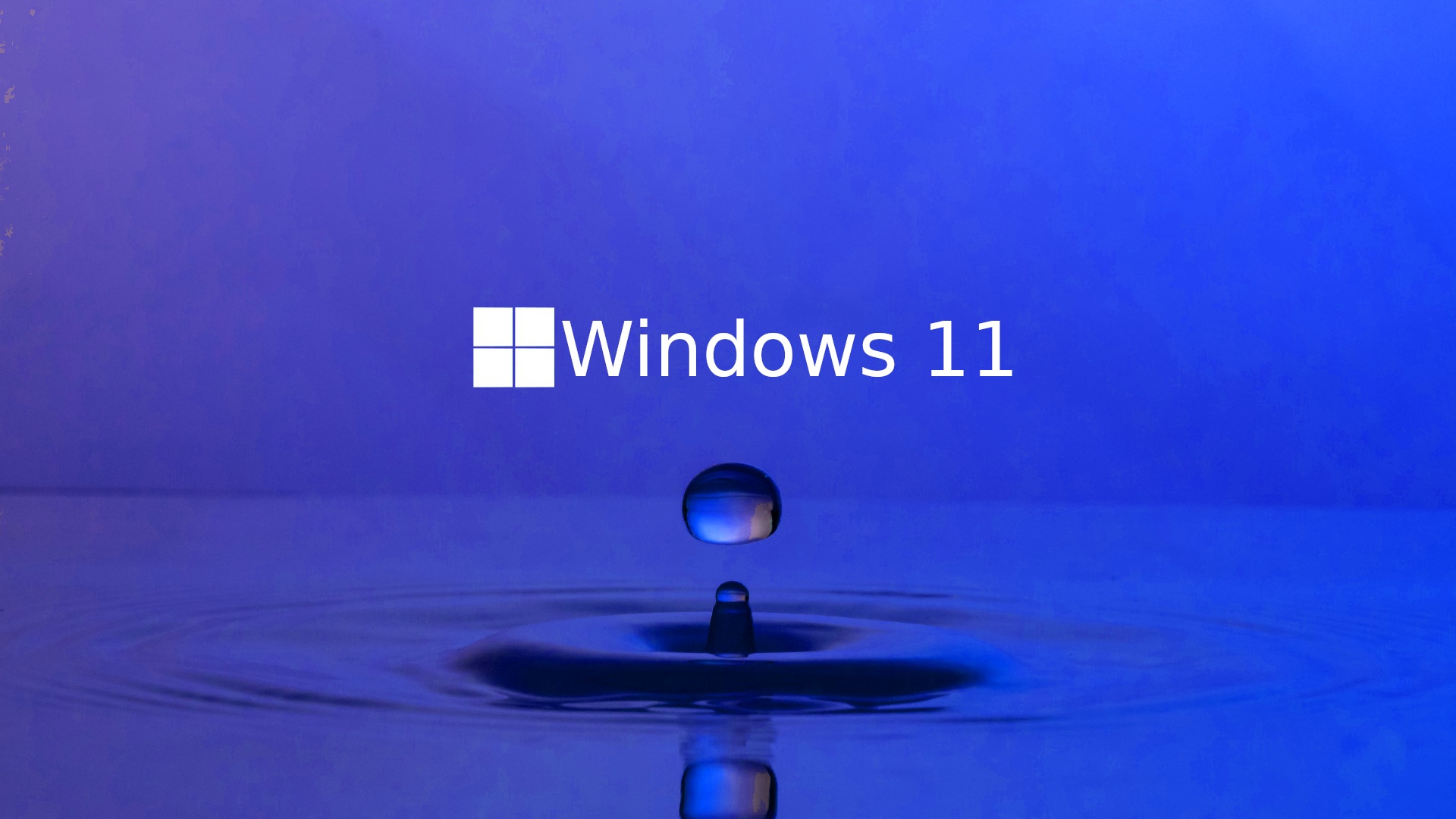If we were to take stock of the most common damages that mobile phones suffer on a daily basis, without a doubt, the breakage of the screen would be one of the most common accidents, followed also by failures related to the humidity of the mobile or on exposure to liquids.
This is why the big brands strive to include IP certifications in the terminals, which guarantee a certain resistance and durability against these agents.
In this way, it is now possible to buy both Android phones and iPhones on the market with some resistance, starting from a purchase price of less than 500 $, as is the case with the iPhone SE 2022 or of Galaxy A53 5G from Samsung.
Next, we will explain in detail what the current levels of water and dust resistance offered by the terminals are, those that will allow you to come out unscathed from a dip in the pool or from exposure to rain or to a glass of water.
Waterproof vs Water Resistant
To begin with, it is important to understand the differences between a waterproof phone and a waterproof phone. Most conventional phones do not use waterproof designs. That doesn’t mean they don’t offer water resistance.
In short, the ability of the mobile to withstand exposure to water for a certain period of time without suffering any adverse effects. Water resistance suggests that a device is designed to withstand exposure for its lifetime without issue.
IP Ratings
To guide us on whether a mobile has more or less resistance, we must look at the type of IP classification it encounters. Not all waterproof phones are the same, so each device can offer different levels of protection.
Being splash-proof, for example, doesn’t mean you can take a bath or take photos underwater, whereas some devices with higher IP ratings will allow you to handle them in those conditions.
IP stands for “Ingress Protection” and is used to define how well electronic devices seal against the intrusion of foreign objects such as dust and moisture.
The first number refers to a device’s ability to handle solid particles, such as dust. The highest rating is “6”, meaning full protection. The second digit refers to water protection and the best you’ll see on 2022 phones is ‘8’, as per the original IEC 60529 standard (6K and 9K are not included).
Note also that scores against water infiltration are not cumulative beyond 6; thus, a device rated 7 does not have to meet the water jet element of 5 or 6 (you’ll see what we mean below).
If an IP rating has an ‘X’, make no mistake that the device lacks protection. You probably have good particle protection if it’s IPX6, but the rating hasn’t been officially assigned. Below is a full list.
Particles or dust
- 0 = No protection
- 1 = >50 mm, any large body surface, such as the back of the hand
- 2 = >12.5 mm, fingers or similar objects
- 3 = >2.5 mm, tools, large wires, etc.
- 4 = >1mm, most cables, thin screws, etc.
- 5 = Protected against dust. Ingress of dust is not completely prevented
- 6 = dustproof. No dust penetration; full contact protection. A vacuum should be applied. Test duration up to 8 hours depending on airflow.
water or liquids
- 0 = No protection
- 1 = Water drops cause no harmful effects
- 2 = Vertical dripping of water will have no adverse effect if unit is tilted at 15°
- 3 = Water falling as a spray at any angle up to 60° from vertical
- 4 = Water splashes against the case from any direction
- 5 = Water projected by a nozzle (6.3 mm) against the housing from any direction
- 6 = Water projected in powerful jets (12.5 mm nozzle) from any direction
- 6K = Powerful high pressure water jets
- 7 = Immersion, up to 1m deep for up to 30 minutes
- 8 = Immersion, 1m or more (exact details vary)
- 9K = Powerful high temperature water jets
Protection for the next generation of phones
According to a study According to IDC, liquids are the second most common cause of damage to smartphones, accounting for 35.1% of all repaired devices. However, that could change thanks to a new generation of phones with better protection.
Currently, phone manufacturers use physical seals or a nano-coating to keep water out. Although the latter is limited to splashes, the technological leader P2i is working on an improved version of its protection which will be IPX7.
A nano-coating of this level will give devices more freedom to achieve new designs and could even mean that we will see more phones with removable or interchangeable battery covers.
As all of this comes to the next generation of smartphones, we encourage you to check out our ranking of the toughest, most robust and water resistant mobiles.
Table of Contents









